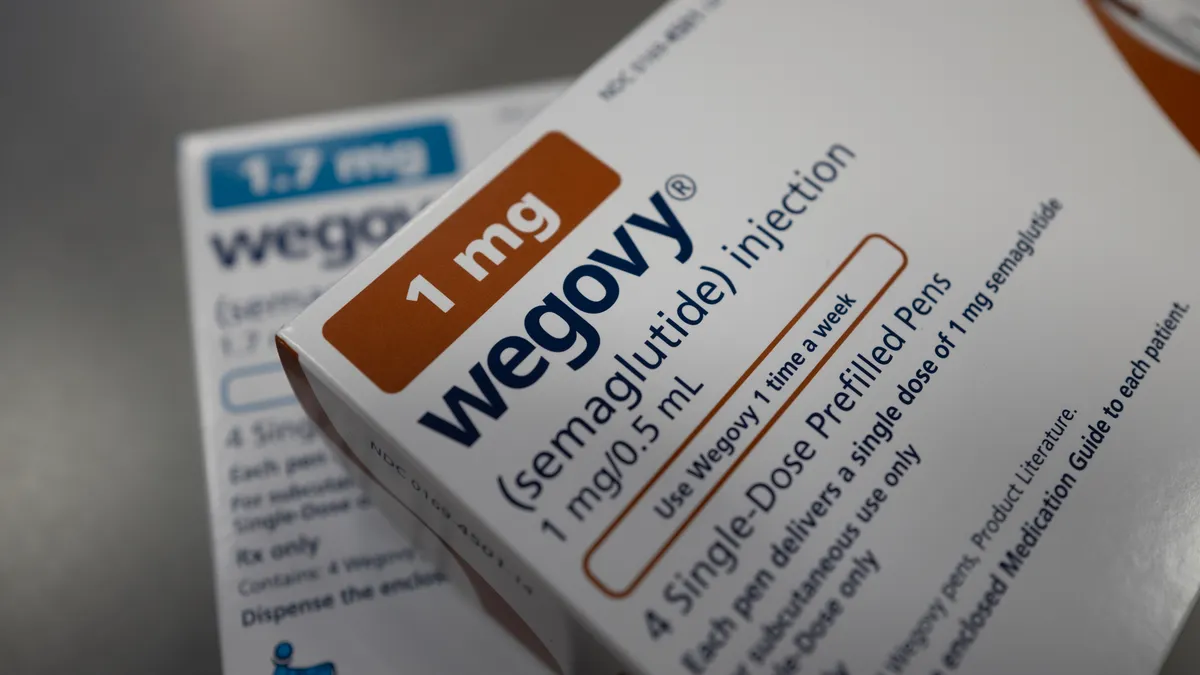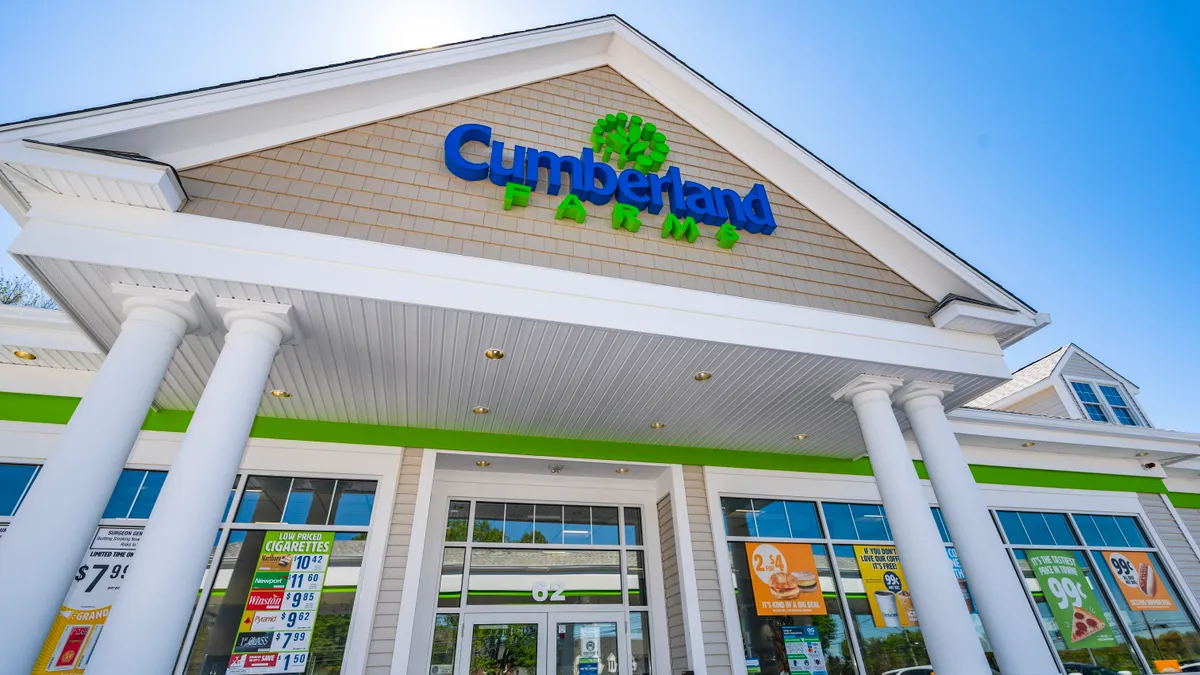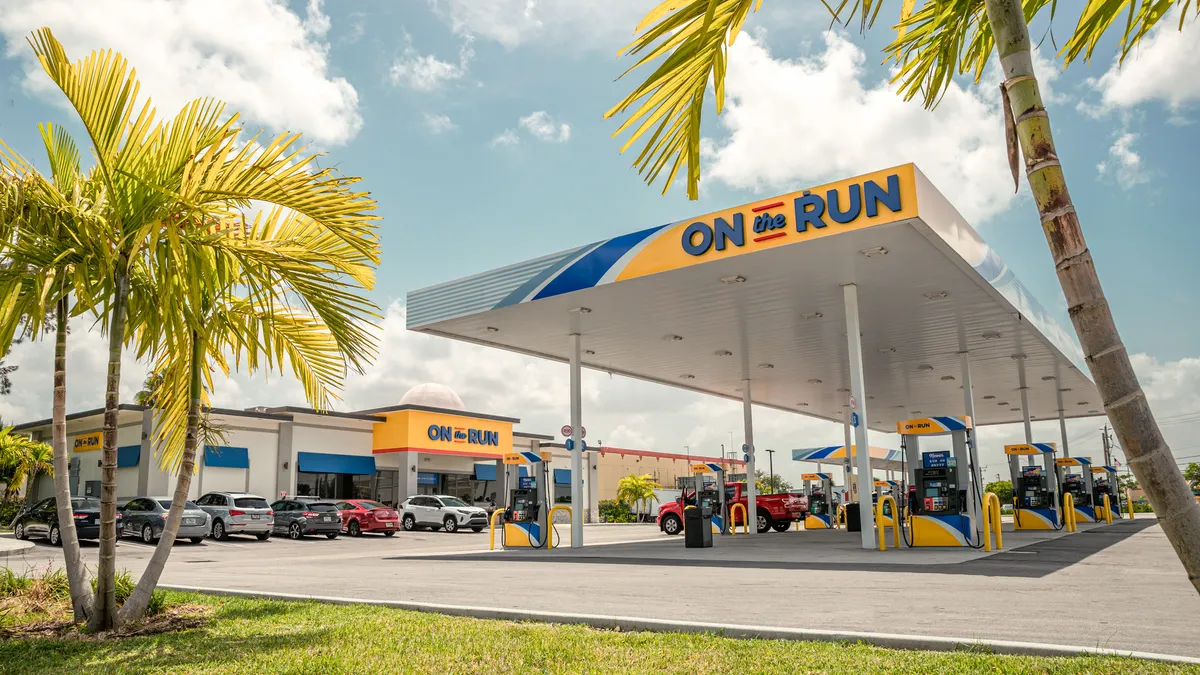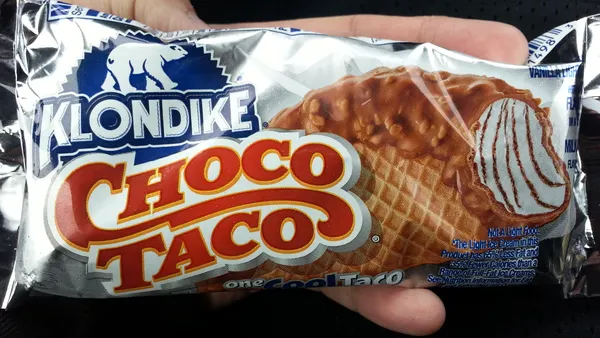GLP-1s, the popular medications helping millions of people lose weight by curbing their appetites, may not be very high on the list of things demanding c-store retailers’ attention. But that could soon change, judging from recent research.
The drugs, which were originally designed to treat diabetes and mimic a hormone in the body that slows down digestion and provides a feeling of fullness, are spurring people to not only eat less but turn away from processed foods. Millions of Americans who take GLP-1s , and the millions more who will do so in the coming years, are shunning products that are money makers for c-stores — items like energy drinks, beef jerky, beer and candy.
According to a recent survey conducted by Numerator and Cornell University, subjects taking GLP-1s spent 11% less on salty snacks during their first six months on the medications. Dried meat snacks, which brought in more than $2 billion in annual sales for c-stores in 2023, see a 17% decline in monthly spending from GLP users compared to non-users, according to data from Circana.
Another report from Circana found that GLP-1 users traditionally spent more at c-stores than non-users before taking the medications. But in the first year of using GLP-1s, their convenience store spending dropped 5.2%.
One report published more than a year ago forecast that 24 million Americans — roughly 7% of the population — will be taking GLP-1s by 2035. That may be a lowball estimate, considering Circana noted this month that 6% of Americans are currently using the drug and 12% say they’ve used it at some point.
Food manufacturers, grocers and other companies are tuning into the growing threat brought on by GLP-1s. If convenience retailers aren’t already doing so, now may be the time to start.
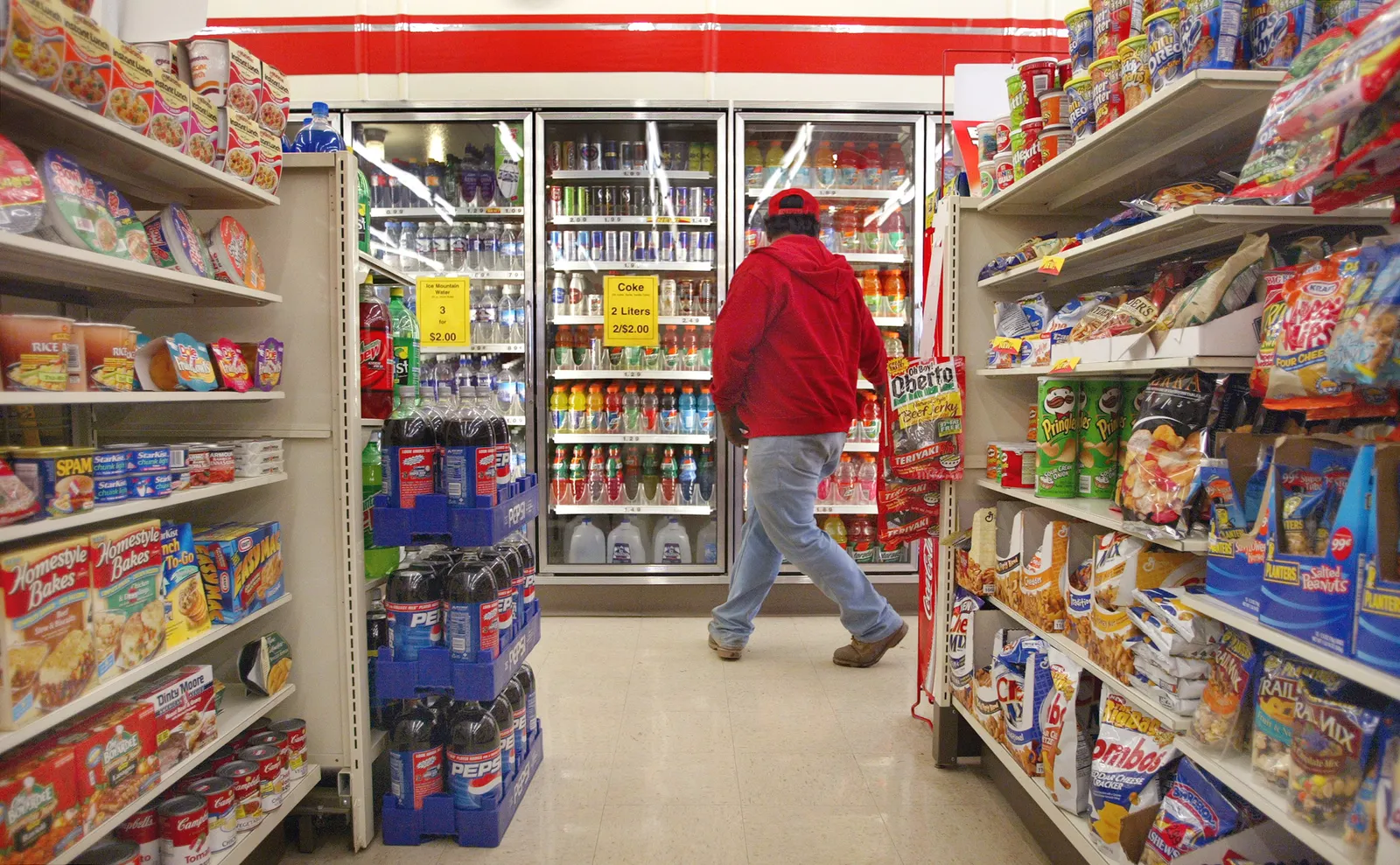
What can c-stores do?
So is it all doom and gloom for the c-store industry?
Definitely not, said Peter Rasmussen, founder and CEO of c-store consultancy Convenience and Energy Advisors. He sees an opportunity for c-stores to upsell customers on high-margin items like protein-infused smoothies and portion-controlled snacks. The booming GLP-1 trend, he said, offers the chance to move hesitant shoppers into more expensive premium offerings.
“People are paying a lot of money to use these drugs and make their bodies better, and they’re willing to pay a premium to continue to support that,” Rasmussen said.
Research shows that GLP-1 users want to consume foods that are high in protein, fiber and healthy fats. While pork rinds might not fit the bill, packaged nuts certainly do. Rasmussen said c-store retailers could also add menu items that are on the healthier side, or at least offer smaller portion options.
C-stores can also help support GLP-1 users by offering more gum and breath mint products, since dry mouth and bad breath are common side effects, said Sally Lyons Wyatt, executive vice president and chief advisor for CPG and foodservice with Circana, during a webinar last week. So are digestive aids like Pepto Bismol, which can help ease stomach aches that often accompany GLP-1 use.
And while users may be turning down beer and hard seltzer, they crave non-alcoholic, lower-sugar beverages that can help quench their thirst.
Suppliers are innovating quickly. Nestle recently released a frozen meal line called Vital Pursuit and a shake that promotes GLP-1 production, while Conagra now has a label claim that identifies Healthy Choice meals that it calls “GLP-1 friendly.”
Although GLP-1s have gained considerable steam in recent months, there are still key questions swirling around the movement, said Daniel Joyner, consultant with Circana’s consumer and shopper insights division.
The drugs are expensive, particularly for people whose insurance doesn’t offset the costs, and it’s unclear when or if innovations will address those concerns. Around 60% of people who take GLP-1s for weight loss do so for less than a year, according to Circana data, and researchers are still studying how their habits change once they come off the medication.
“As we see more and more consumers adopting these drugs for weight loss motivations, it's important to recognize that a lot of these weight-loss focused users are going to have specific goals around their weight management. They're likely to be taking these drugs for shorter durations,” said Joyner during the webinar.
As the c-store industry learns more about the drugs and their impact, it’s important for retailers to begin testing demand by making small adjustments, Rasmussen said.
“I would focus on capitalizing on the opportunity for some higher-protein, smaller-portion items that can carry a nice margin,” he explained



